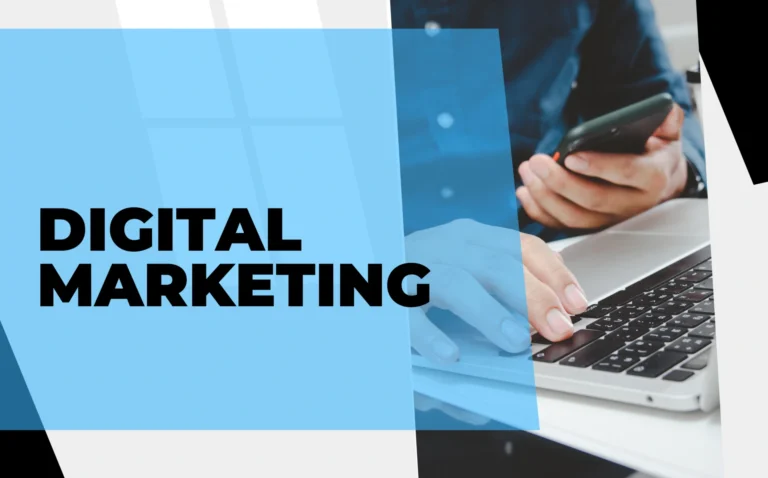Digital Marketing Basics & Guides – A Complete Introduction

In today’s fast-paced digital world, having an online presence is no longer optional—it’s essential. Businesses, entrepreneurs, and even personal brands need to connect with their audiences where they spend most of their time: online.
Digital Marketing is the bridge between your business and your target customers in the online space. This guide will break down the basics, strategies, and tools to help you understand how digital marketing works and how you can use it to grow your business.
1. What is Digital Marketing?
Digital marketing is the use of online channels, platforms, and strategies to promote products, services, or brands to a targeted audience. It covers everything from social media and search engine optimization to email campaigns and paid ads.
Unlike traditional marketing, digital marketing allows you to measure results in real-time, target specific audiences, and adjust campaigns quickly for better performance.
2. Why Digital Marketing is Important in 2025
Wider Reach – Connect with customers worldwide.
Cost-Effective – Lower cost compared to traditional advertising.
Measurable Results – Track clicks, conversions, and ROI easily.
Precise Targeting – Reach the right audience based on location, interests, and behavior.
Adaptability – Quickly adjust strategies based on performance.
3. Core Components of Digital Marketing
a. Search Engine Optimization (SEO)
Optimizing your website so it ranks higher on search engines like Google. This involves keyword research, quality content creation, and technical improvements.
b. Content Marketing
Creating valuable, relevant content to attract and engage your audience—such as blog posts, videos, infographics, and eBooks.
c. Social Media Marketing (SMM)
Using platforms like Facebook, Instagram, LinkedIn, and TikTok to promote your brand and interact with customers.
d. Pay-Per-Click Advertising (PPC)
Running paid ads on platforms like Google Ads or Facebook Ads, where you pay each time someone clicks on your ad.
e. Email Marketing
Sending targeted, personalized messages to a subscriber list to build relationships and drive sales.
f. Affiliate & Influencer Marketing
Partnering with affiliates or influencers who promote your products in exchange for a commission or fee.
4. Step-by-Step Guide to Starting Digital Marketing
Set Clear Goals – Define what you want: more traffic, leads, or sales.
Know Your Audience – Research their demographics, interests, and online habits.
Choose the Right Channels – Select platforms where your audience is most active.
Create Quality Content – Offer value, not just promotions.
Optimize for SEO – Make your content discoverable on search engines.
Run Targeted Campaigns – Use paid ads for faster results.
Measure and Improve – Use analytics to track performance and refine strategies.
5. Common Digital Marketing Mistakes to Avoid
Ignoring mobile optimization.
Posting without a content plan.
Focusing on quantity instead of quality.
Not tracking campaign performance.
Neglecting to engage with your audience.
6. The Future of Digital Marketing
As we move forward, AI-powered marketing, voice search optimization, and personalized user experiences will dominate the digital space. Businesses that adapt to these changes early will enjoy a significant competitive edge.
Conclusion
Digital marketing is not just a trend—it’s the foundation of modern business growth. By understanding the basics and applying a clear, targeted strategy, you can build stronger connections with your audience, improve brand visibility, and increase revenue.
Whether you’re a beginner or an experienced marketer, the key to success lies in staying updated, adapting to change, and always putting the customer first.
Related Post
Ready to Start Selling Online?
Let’s Discuss Your Goals
Get Started
Why Choose Us
Fast Delivery
Get your website live in 3 days.
Modern Design
Clean and attractive look for your business.
Mobile Friendly
Perfectly responsive on all devices.
24/7 Support
We’re here for you, anytime you need us.
